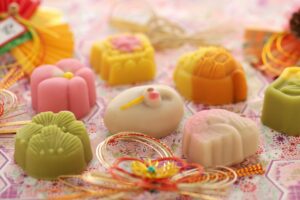
Sakuraco vs Bokksu: March 2022 Japanese Snack Box Comparison
Not such which sakura themed snack box you should get? We complared 2 of the most popular snack boxes out there to help!

Not such which sakura themed snack box you should get? We complared 2 of the most popular snack boxes out there to help!
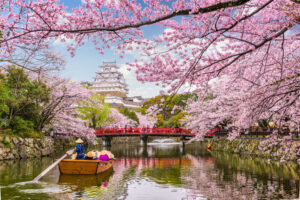
Sakura is the Japanese word for cherry blossoms, the small, delicate, pink flowers seen during spring. Cherry blossoms are known as the flower of spring, and have become special flowers showing that spring is officially here.
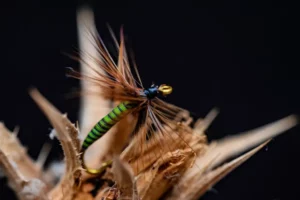
Kebari are traditional hand-tied flies used for freshwater fishing in Japan, especially in mountain streams where small insects form the main diet of native fish. Instead of bright plastic lures, kebari use feathers, thread, and natural materials to create subtle movements in the water.
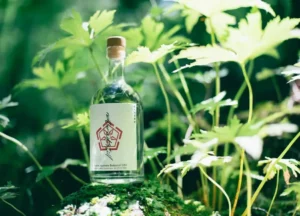
Japanese gin has gained popularity due to the use of local ingredients and meticulous production methods by many distilleries. A new gin from Fukushima is adding momentum to this trend by focusing on the region’s water and native plants.
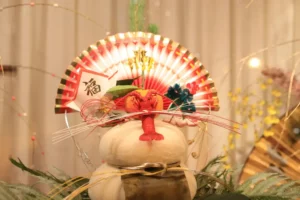
In the Shinto tradition, Toshigami is the deity who arrives at the end of every year and remains through the New Year to bring blessings, a bountiful harvest, and good fortune. People in Japan honor Toshigami at the turn of the year with rituals, decorations, and special foods.
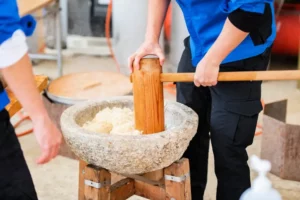
Mochitsuki is the Japanese tradition of pounding steamed rice to make mochi for the New Year. Families and neighbors gather to participate in this lively and meaningful tradition. The teamwork involved helps everyone feel a sense of connection.
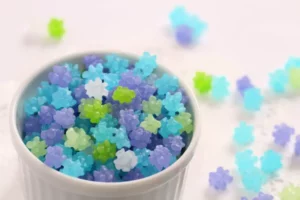
If you are a fan of the famous Demon Slayer series, then you probably know that the favorite treat of the adorable Nezuko Kamado is those tiny, colorful little sweets.
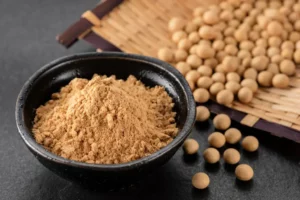
Kinako is a very popular ingredient that can easily be found in many traditional Japanese sweets. It has a distinctive flavor, standing alongside other classic tastes such as red bean or sesame. Let’s explore this charming ingredient together, and who knows, you might even be able to make it in your own beloved kitchen!
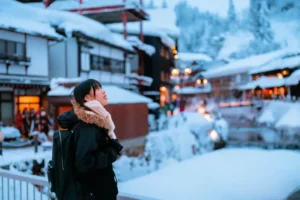
As the year draws to a close, everywhere buzzes with preparations for the holidays, and Japan is no exception. Despite the cold winter weather, you can feel warmth in the scenery, decorations, and festive activities across the country. Let’s explore the unique experiences of holidays in Japan that many people dream of enjoying at least once in their lifetime!
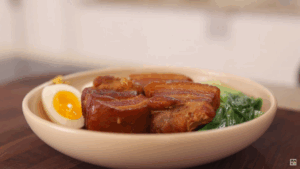
If you want a Japanese dish that’s rich, tender, and simple to follow, Aaron and Claire show exactly how to make it in this episode. Aaron prepares Buta no Kakuni, a classic braised pork belly dish renowned for its rich flavor and tender texture.
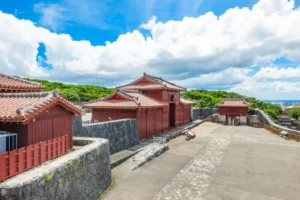
Shuri Castle, an iconic symbol of Okinawa’s Ryukyu Kingdom heritage, has long captivated the hearts of both locals and visitors. Located in the vibrant city of Naha, Okinawa, the castle’s bright vermilion walls and graceful architecture tell the story of a unique kingdom that flourished independently for centuries.
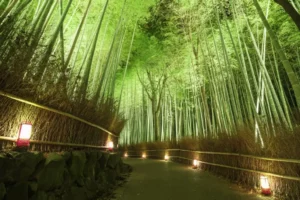
Every autumn, Kyoto’s Arashiyama Bamboo Grove (also known as the “Kyoto Bamboo Forest”) has mesmerized visitors with its mysterious charm and soothing atmosphere. The bamboo light show has returned in 2025 after a four-year break caused by the pandemic.
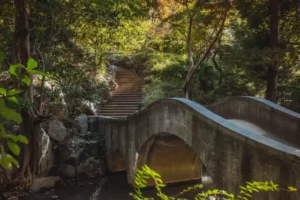
Tokyo gardens offer a relaxing escape for visitors looking to get a breath of fresh air. However, Tokyo has more than just the typical gardens we see in the West. Let’s explore five traditional Japanese gardens and what makes them unique!
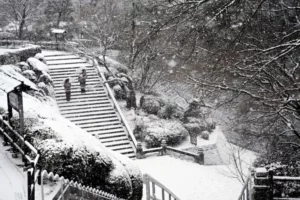
Typically, late November brings cool days, with dipping temperatures around 10 to 15°C (50–59°F) in many regions. This year, though, things feel different. Because of these changes, many people are asking: Did Japan’s winter really arrive too soon?
Join our newsletter and receive tasty news and deals
Thanks! We just sent you an email to confirm your subscription. To finish signing up, please click the confirmation link in the email.
Error